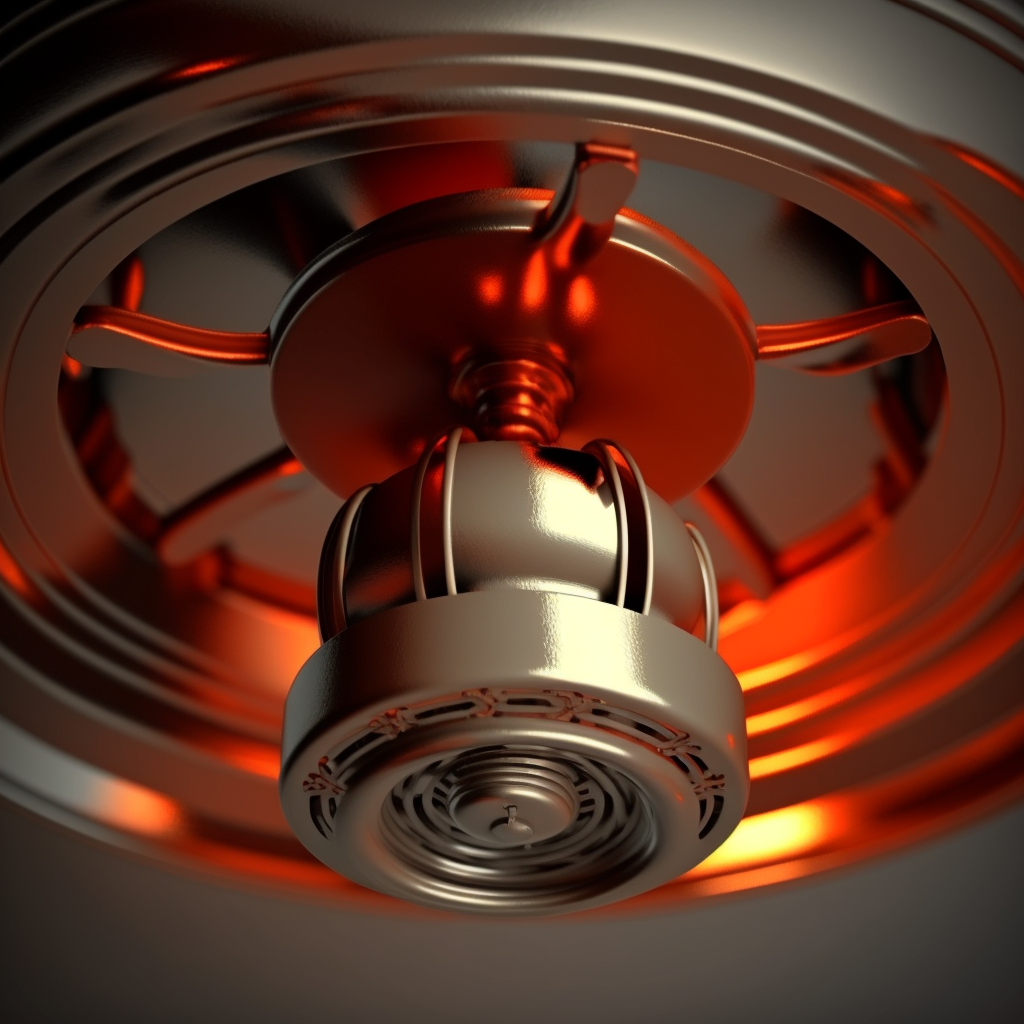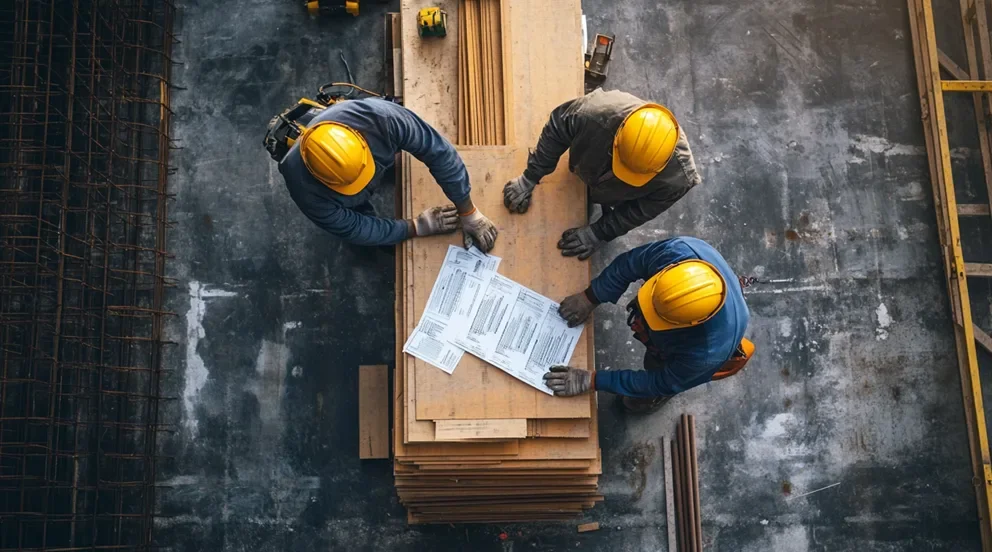Fire sprinkler software is a type of computer-based system that helps to optimize, plan, and manage fire detection and fire suppression systems with accuracy and efficiency. The software provides an automated process for installing, testing, inspecting, and maintaining fire sprinkler systems, while also ensuring that all systems are up-to-date and compliant with fire safety regulations.
To use this software, administrators must input the necessary information regarding the specific sprinkler systems they have in place. This information typically includes the size of the area to be protected, the types of sprinkler heads, piping material, and water sources. Fire sprinkler software then uses this information to create a detailed design and layout of how the sprinkler system should be designed and installed. The software is also used to generate reports which enable administrators to monitor the performance of their fire sprinkler systems and adjust them for further optimization.
Fire sprinkler software is a must-have tool for any institution that requires fire safety and protection. The use of such software can significantly reduce the time and cost associated with the installation, maintenance, and inspections of sprinkler systems. Furthermore, the use of this technology also helps to ensure that the fire suppression systems are constantly up-to-date and compliant with all industry regulations.
What are the key features commonly found in this type of software?
Fire sprinkler software typically has a number of core features which include:
• Design and layout tools – these tools help to easily and accurately design and layout the fire sprinkler systems.
• Reports – users are able to generate comprehensive reports which help monitor the performance of the systems.
• Testing and inspection features – this software contains automated testing and inspection capabilities which help ensure the fire sprinkler systems are always functioning correctly.
• Maintenance and updating capabilities – users can take advantage of the software’s maintenance and updating tools to ensure that all systems are up-to-date and compliant with regulations.
• Alerts and notifications – users can take advantage of these useful features to receive notifications and alert notifications which can help identify any potential issues with the fire sprinkler systems.
• Analytical capabilities – this software is usually capable of performing various analytical tasks such as identifying any underlying design issues, estimating water usage, and potential system weaknesses.
• Collaboration tools – Fire sprinkler software typically has collaboration tools that allow for easier communication and coordination between different stakeholders.
These key features help make fire sprinkler software an indispensable tool for any institution that requires fire safety and protection. By leveraging the capabilities of such software, administrators are able to more effectively and efficiently manage and maintain their fire sprinkler systems.
What are the benefits of using this type of software?
Fire sprinkler software is an invaluable tool that helps institutions to streamline the entire fire-protection process. The use of this type of software enables administrators to reduce the time and cost associated with the installation, maintenance, and inspection of sprinkler systems. Furthermore, this technology helps to ensure that all fire suppression systems are always up-to-date and compliant with all industry regulations.
This software also makes it easier to monitor the performance of the systems at all times and perform any necessary adjustments. For instance, users can take advantage of the analytical capabilities of the software to identify any underlying design issues or potential system weaknesses. Additionally, the reports generated by the software can be used to accurately assess the performance of the fire suppression systems and make any necessary changes or updates.
The use of fire sprinkler software can also reduce the potential for human error and significantly increase safety levels. Finally, this software also facilitates collaboration and communication between different stakeholders making it easier to coordinate their efforts and ensure the fire safety process runs smoothly.
How does Fire Sprinkler software compare to other systems in terms of cost, reliability and efficiency?
Fire sprinkler software is one of the most reliable and efficient systems available for fire safety and protection. The use of this type of software enables administrators to save both time and money associated with the installation, maintenance, and inspection of sprinkler systems. Furthermore, it also helps to ensure that all systems are up-to-date and compliant with current regulations.
In terms of cost, Fire Sprinkler software is typically more expensive than other fire suppression systems such as manual or mechanical systems. However, in comparison to other similar products on the market, it is generally much more cost-effective due to its efficiency gains and automation capabilities.
When comparing reliability, Fire Sprinkler software is considered one of the most reliable systems for fire safety and protection. This is because the software typically has a number of features built-in that help ensure that the system is always running optimally and compliant with all industry regulations. The use of this technology also helps to reduce potential human error, making it much more reliable in comparison to other systems.
Finally, when comparing efficiency, Fire Sprinkler software is considered one of the most efficient systems for fire safety and protection. This type of software helps automate time-consuming tasks such as layout design, maintaining testing and inspection capabilities, and reporting functions which can significantly reduce the amount of time spent on these activities. Furthermore, its analytical capabilities enable users to identify any underlying issues or potential weaknesses quickly and accurately so they can be addressed immediately.
What steps should be taken to ensure the accuracy and compliance of fire suppression systems using Fire Sprinkler software?
1. Regularly update the software – Fire Sprinkler software should be regularly updated in order to ensure that it is always up-to-date with the latest industry regulations and standards.
2. Perform regular tests – The software should also be tested regularly to ensure that it is functioning correctly and accurately measuring all parameters of fire safety. This includes both manual testing as well as automated testing capabilities which can help identify any potential issues quickly and easily.
3. Follow industry guidelines – Administrators should make sure that they are following all applicable industry guidelines when using this type of software in order to ensure accuracy and compliance with all regulations.
4. Use analytical capabilities – The analytical capabilities of the software can help identify any underlying issues or potential weaknesses which can then be addressed quickly and accurately.
5. Take advantage of collaboration tools – The collaboration tools available with Fire Sprinkler software can help ensure that all stakeholders are kept informed and up to date on the latest developments in regard to fire suppression systems. This makes it easier for administrators to coordinate their efforts and take necessary action when needed.
6. Monitor performance – Finally, regular monitoring of the performance of Fire Sprinkler software should be conducted in order to detect any issues or irregularities. This helps administrators identify any problems early so they can be rectified before a major problem occurs.
By following these steps, institutions can ensure that their fire suppression systems are always accurate and compliant with all regulations using Fire Sprinkler software.
In conclusion, Fire Sprinkler software is an invaluable tool that helps institutions to streamline the entire fire-protection process. The use of this type of software enables administrators to reduce the time and cost associated with the installation, maintenance, and inspection of sprinkler systems while ensuring accuracy and compliance with industry regulations. In addition, it also facilitates collaboration and communication between different stakeholders helping to ensure a seamless fire safety process. Finally, by following the steps outlined above, institutions can ensure that their fire suppression systems are always accurate and compliant when using Fire Sprinkler software.
What is the best practice for maintaining and updating Fire Sprinkler systems?
The best practice for maintaining and updating Fire Sprinkler systems is to ensure that the software is regularly updated and tested. Regularly updating the software ensures that it is always up-to-date with the latest industry regulations and standards, while regular testing helps to identify any potential issues quickly and easily.
In addition, administrators should also follow all applicable industry guidelines when using this type of software in order to ensure accuracy and compliance with all regulations. Furthermore, they should make use of the analytical capabilities available with Fire Sprinkler software which can help identify any underlying design issues or potential system weaknesses. Finally, administrators should take advantage of the collaboration tools available with Fire Sprinkler software which help coordinate their efforts among different stakeholders.
What kind of safeguards should be in place to protect the data stored in Fire Sprinkler software?
In order to protect the data stored in Fire Sprinkler software, administrators should implement a number of safeguards. Firstly, administrators should ensure that the software is password protected with strong encryption algorithms for added security. Secondly, they should make sure that any vulnerable areas of the system are given additional protection such as two-factor authentication or other security measures. Thirdly, administrators should monitor the system regularly to detect any anomalies or suspicious activities. Finally, they should also apply regular patches and updates to keep their systems secure from malicious attacks. By taking these steps, administrators can ensure that data stored in Fire Sprinkler software remains safe and secure at all times.
How can Fire Sprinkler systems be connected with other fire safety systems, such as alarm systems?
Fire Sprinkler systems can be easily connected with other fire safety systems, such as alarm systems, through the use of advanced networking and communication protocols. This allows administrators to monitor multiple systems simultaneously in order to detect any potential threats quickly and accurately. In addition, administrators can also configure the system so that each component interacts with one another seamlessly increasing the effectiveness of the overall system. Finally, Fire Sprinkler software also includes features that allow for remote monitoring from anywhere via a web-based interface making it even easier to manage these systems remotely. By utilizing these features, institutions can ensure that their fire safety systems are always operating at peak efficiency and performance.



